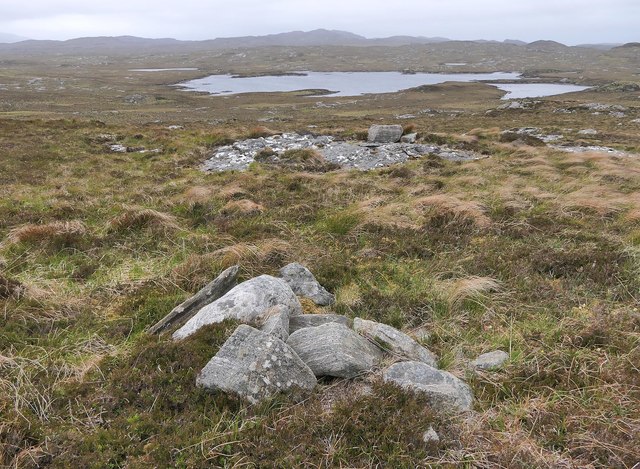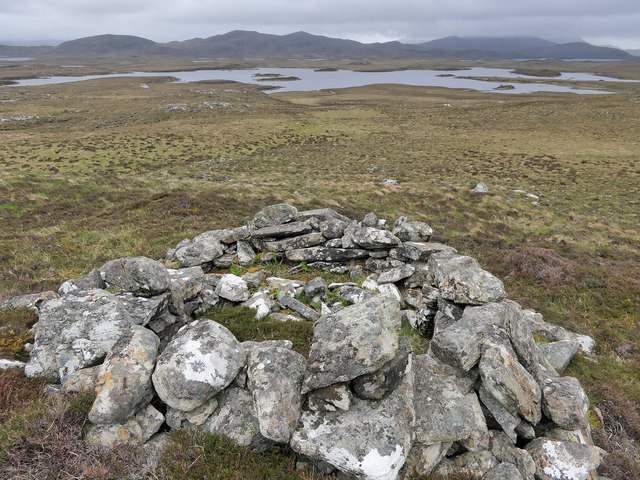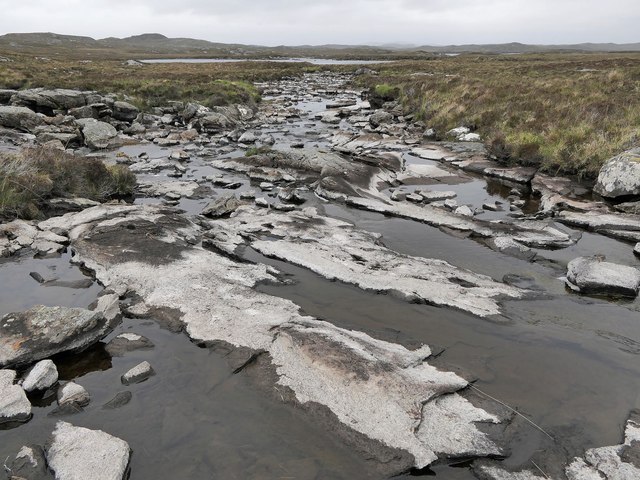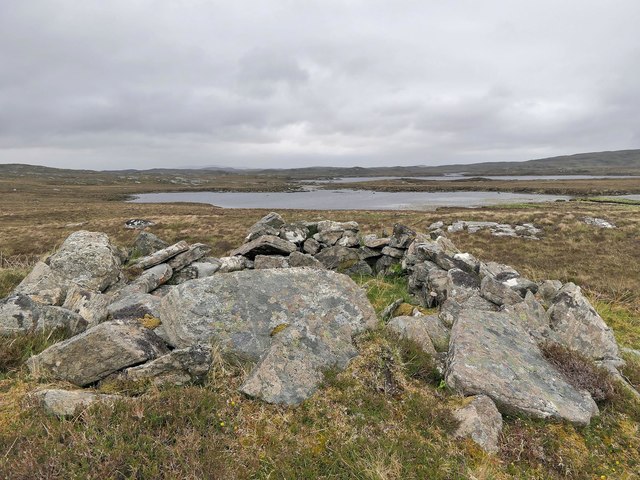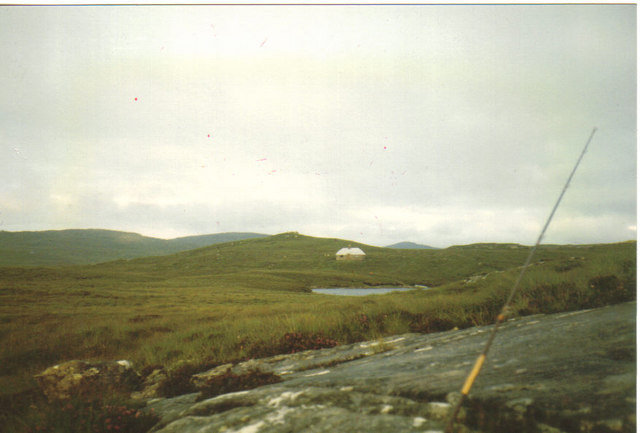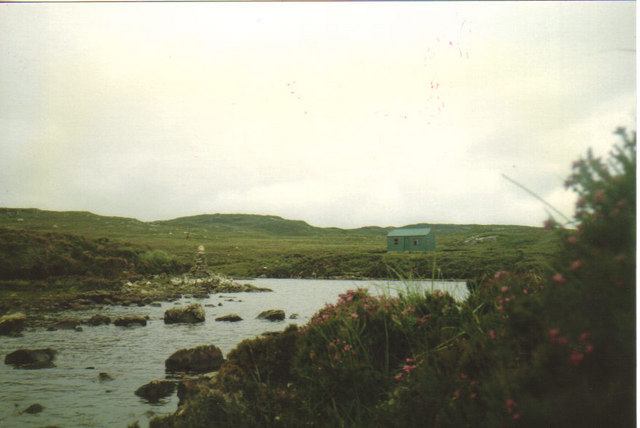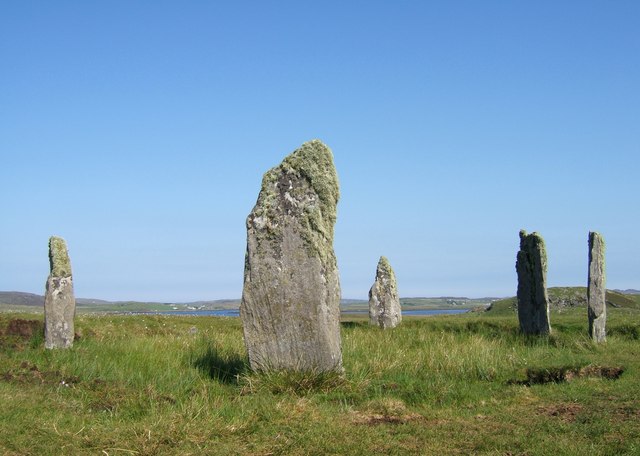Cnoc Dubh Faodhail Chiorabhal
Hill, Mountain in Ross-shire
Scotland
Cnoc Dubh Faodhail Chiorabhal
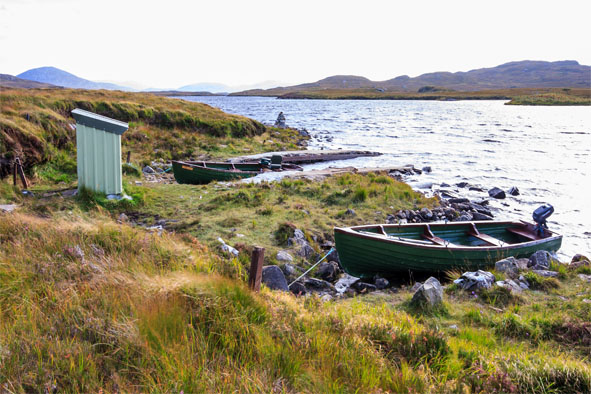
Cnoc Dubh Faodhail Chiorabhal, located in Ross-shire, Scotland, is a prominent hill or mountain that stands at an elevation of approximately 773 meters (2,536 feet). It is part of the Torridon Hills range, which is renowned for its rugged and breathtaking landscapes.
Cnoc Dubh Faodhail, also known as Cnoc Dubh Fhaoighail, is characterized by its distinctive cone-shaped summit, which offers stunning panoramic views of the surrounding area. The hill is situated in the northern part of the Torridon Hills, close to the village of Kinlochewe.
The ascent to the summit of Cnoc Dubh Faodhail is a challenging but rewarding experience for avid hikers and mountaineers. The hill is often climbed in conjunction with other nearby peaks, such as Beinn Liath Mhòr and Sgorr Ruadh, as part of a longer and more demanding route.
The terrain of Cnoc Dubh Faodhail is mainly composed of rocky slopes, with occasional patches of heather and grasses. The hill is known for its steep and craggy nature, which adds to its allure and appeal for experienced climbers.
Wildlife enthusiasts will appreciate the diverse flora and fauna found in the area surrounding Cnoc Dubh Faodhail. The hills are home to a variety of bird species, including golden eagles, ptarmigans, and peregrine falcons. Red deer and mountain hares are also commonly spotted in the region.
Overall, Cnoc Dubh Faodhail Chiorabhal is a stunning natural landmark that offers a challenging adventure and breathtaking vistas for those who venture to its summit.
If you have any feedback on the listing, please let us know in the comments section below.
Cnoc Dubh Faodhail Chiorabhal Images
Images are sourced within 2km of 58.125539/-6.7388388 or Grid Reference NB2124. Thanks to Geograph Open Source API. All images are credited.
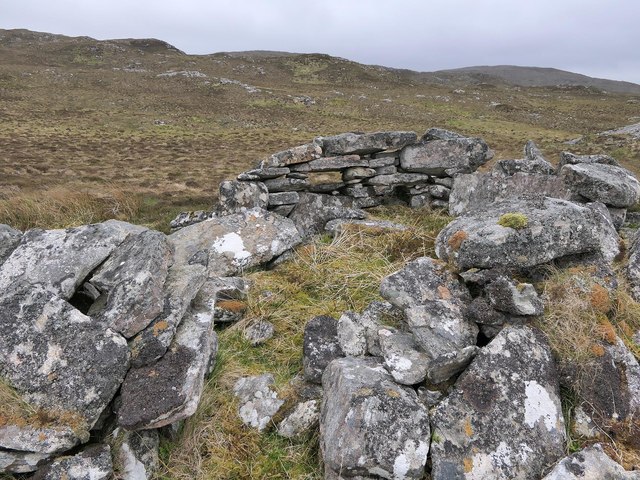
Cnoc Dubh Faodhail Chiorabhal is located at Grid Ref: NB2124 (Lat: 58.125539, Lng: -6.7388388)
Unitary Authority: Na h-Eileanan an Iar
Police Authority: Highlands and Islands
What 3 Words
///maddening.clasping.trousers. Near Leurbost, Na h-Eileanan Siar
Nearby Locations
Related Wikis
Eilean Mòr, Loch Langavat
Eilean Mòr is an island in Loch Langavat on the Isle of Lewis in the Outer Hebrides of Scotland. == Footnotes ==
Callanish IV
The Callanish IV stone circle (Scottish Gaelic: Ceann Hulavig) is one of many megalithic structures around the better-known (and larger) Calanais I on...
Garynahine
Garynahine (Scottish Gaelic: Gearraidh na h-aibhne) is a settlement on Lewis, in the Outer Hebrides, Scotland. Garynahine is situated at a T-junction where...
Garynahine Estate
Garynahine Estate (Scottish Gaelic: Gearraidh na h-aibhne) in Garynahine, a village on the Isle of Lewis, Outer Hebrides was owned by Sir James Matheson...
Have you been to Cnoc Dubh Faodhail Chiorabhal?
Leave your review of Cnoc Dubh Faodhail Chiorabhal below (or comments, questions and feedback).
